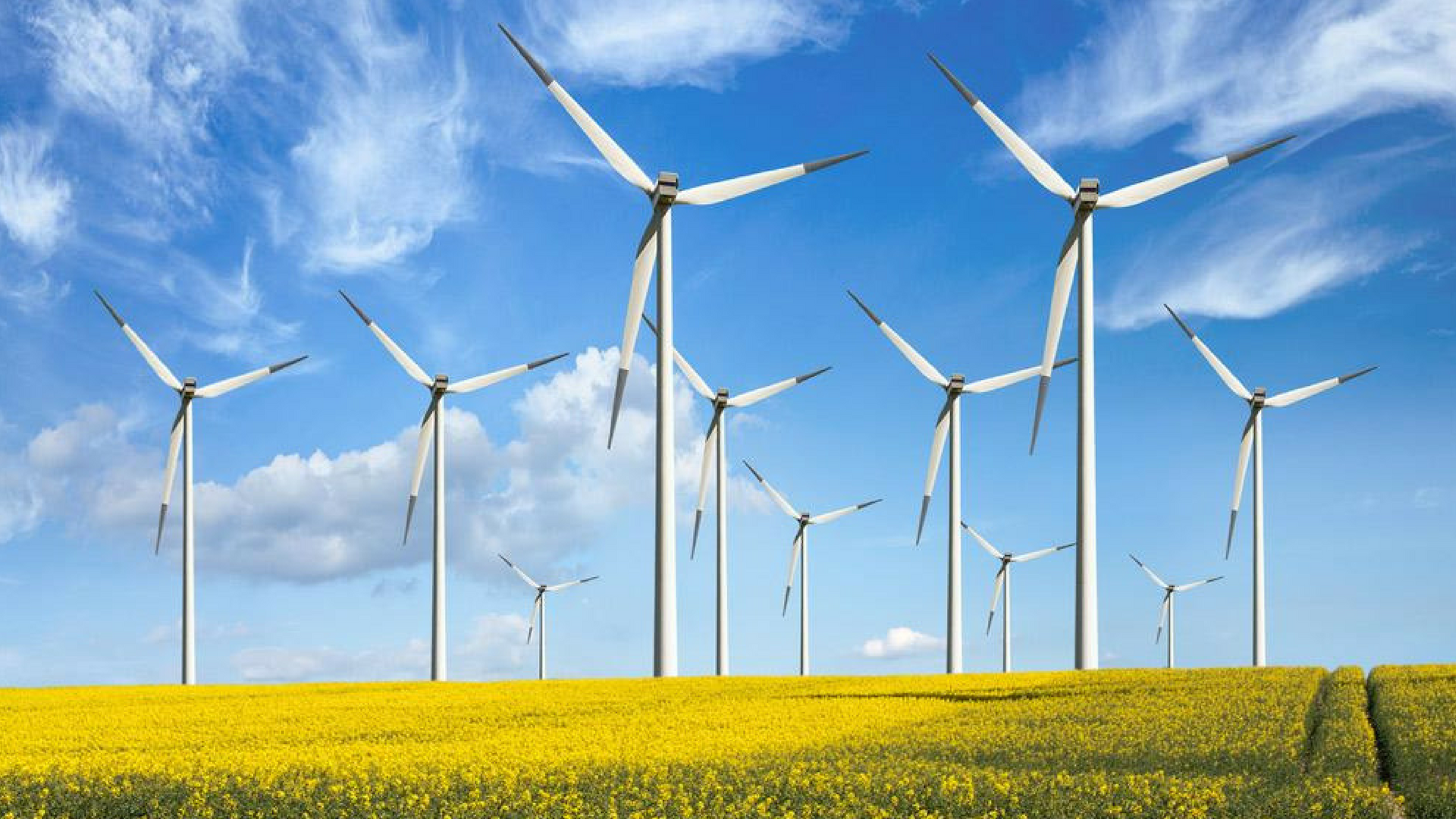
Laboratoire Interdisciplinaire des Energies de Demain
Présentation
Le laboratoire en quelques mots
Le Laboratoire Interdisciplinaire des Energies de Demain (LIED) a pour objectif fondateur de développer « l’écologie des énergies », en menant à la fois recherches scientifiques et techniques guidées par les problèmes à résoudre dans le cadre de la transition énergétique et de l’accroissement des besoins mondiaux en énergie.
Il répond à la nécessité d’une approche interdisciplinaire des problèmes posés, en fédérant les membres – universitaires ou venant d’entreprises – des secteurs Sciences (Biologie, Chimie, Informatique, Mathématiques, Physique, Sciences de l’Ingénieur, Sciences de la Terre) et Sciences Humaines et Sociales (Anthropologie, Economie, Géographie, Histoire, Philosophie, Ecologie, Sciences politiques, Sociologie).
Les membres de l’UMR LIED (17 du secteur sciences et 9 du secteur SHS) se composent de 8 PR, 11 MCU, 3 personnels CNRS (1CR, 1IR, 1assimilée) et de 4 consultants. Le LIED constitue également la pierre angulaire de l’Institut des Energies de Demain (IED), appelé à devenir l’un des quatre instituts transversaux de l’IDEX SCP. Celui-ci comprend l’UMR LIED, la fédération IED et le réseau international PIERI (Paris Interdisciplinary Energy Research Institute).
L’ensemble forme un « dispositif » en cinq modes d’appartenance dont le premier est l'UMR LIED proprement dite. Le deuxième mode d’appartenance à LIED rassemble des membres de la plupart des laboratoires du campus Paris Diderot, irriguant le LIED par ses racines pluridisciplinaires. Deux autres modes l’ouvrent à des laboratoires d'autres PRES et aux entreprises, dont bon nombre le soutiennent très concrètement, en particulier celles qui font partie du conseil scientifique du LIED : AREVA, Bouygues, EDF, Saint-Gobain. Son ouverture internationale est le réseau PIERI.
La figure, généralisable à plusieurs fédérations de recherche, correspond au cas de deux : celle de l'institut des énergies de demain (avec l’UMR LIED représentée par un cercle blanc noté 1) et d’une autre centrée sur le laboratoire X (représenté par un cercle blanc noté X). Les laboratoires du campus Paris Diderot mutualisés avec le LIED sont les cercles colorés notés 2. Ceux satellisés par le X sont des cercles notés ? à colorer selon leurs disciplines. Les laboratoires interagissant avec le LIED et X sont les cercles colorés notés 3 ou 4 selon leurs degrés d’interaction avec ces laboratoires (sphères 3 ou 4 respectivement). Le caractère international du PIERI est symbolisé par un rectangle d’où proviennent des interactions multiformes.
Inscription au LIED
Researchers wishing to discuss collaborative projects are encouraged to get in touch using the following email address: lied-pieri@univ-paris-diderot.fr
Thèmes de recherche
The LIED and its international network PIERI (Paris Interdisciplinary Energy Research Institute) have been launched in the context of increased worldwide demands in energy in the face of environmental concerns, i.e. sustainable resources and impact on the climate.
The LIED favours a global approach and aims at resolving questions at the national and international level by a unique multi-disciplinary approach encompassing basic science (Biology, Chemistry, Physics, Informatics, Mathematics, Earth sciences and Engineering) as well as social sciences (Anthropology, Economics, Geography, History, Philosophy, Political sciences), whether in the academic or industrial domain.
· Objectives : Develop basic and applied science in response to the challenges of the “energy transition” with a focus on the interaction between energy, environment and climate. In the domain of biology, the LIED aims at understanding the basic mechanisms underlying energetic processes in microorganisms and in plants. It fosters applied science for the development of production and transformation of biomass.
· Methods : Biochemistry, Genetics, Genomics, Molecular and cellular biology, Bioinformatics.
. Research orientations : balancing fundamental and applied research.
The work of the PIERI is organised around four axes :
♦ Fundamental science and low-carbon energy sources ;
♦ The science and technology of energy efficiency ;
♦ Forecasting, social and economic analysis, and public policy studies ;
♦ Interdisciplinary epistemology.
The titles of first two axes already illustrate the aspiration to combine fundamental and applied research. Two complementary research groups have been established, entitled : ‘Innovative energy sources and biomaterials’ and ‘Energy transport, instabilities and fluctuations’, composed mainly of researchers from sciences and technologies, but with input from social scientists. The third axis is subdivided into six themes, which all bring together the physical and the social sciences, namely :
The geography of energy sourcing ;
The multilevel governance of energy ;
Social representation and innovation : hydrogen and other energy pathways ;
Energy efficiency and modes of consumption ;
Forecasting models and interdisciplinary convergence ;
Smart grids.
Equipes de recherche
Directeur : Mathieu Arnoux
Procédés des systèmes vivants
- Stress environnementaux et plantes : F. Bouteau ( MCF HDR, Coordinateur)
- Métabolisme secondaire des cyanobactéries : A. Mejean (PR, Coordinateur)
- Génétique et épigénétique des champignons : P. Silar (PR, Coordinateur)
- Biologie et Biotechnologie des champignons : F. Chapeland-Leclerc ( MCF HDR, Coordinateur)
Territoires et sociétés dans la longue durée
- Dynamiques des territoires et des sociétés : C. Mering (PR, Coordinateur), P. Chatzimpiros (MCF, Coordinateur)
- Dynamiques du long terme et transitions énergétiques : M. Arnoux (PR, Coordinateur)
- Sociologie et Sciences politiques : G. Bronner (PR, Coordinateur)
- Economie des inégalités : A.Berthe (MCF, coordinateur)
Efficience énergétique
- Dynamiques couplées et optimisation énergétique : C. Goupil (PR, Coordinateur)
- Dynamiques collectives des systèmes vivants et artificiels : J. Halloy (PR, Coordinateur)
- Climat Energie Métabolisme urbain : L. Royon (PR, Coordinateur)
Autres contacts
Université Paris 7 - Paris Diderot
The members of LIED are located on 4 sites :
Bâtiment Condorcet - 10, rue Alice Domon & Léonie Duquet - 75013 Paris
Bâtiment Lamarck A - 39, rue Hélène Brion - 75013 Paris
Bâtiment Lamarck B - 35, rue Hélène Brion - 75013 Paris
Bâtiment Olympe de Gouges - 8 place Paul-Ricoeur - 75013 Paris
